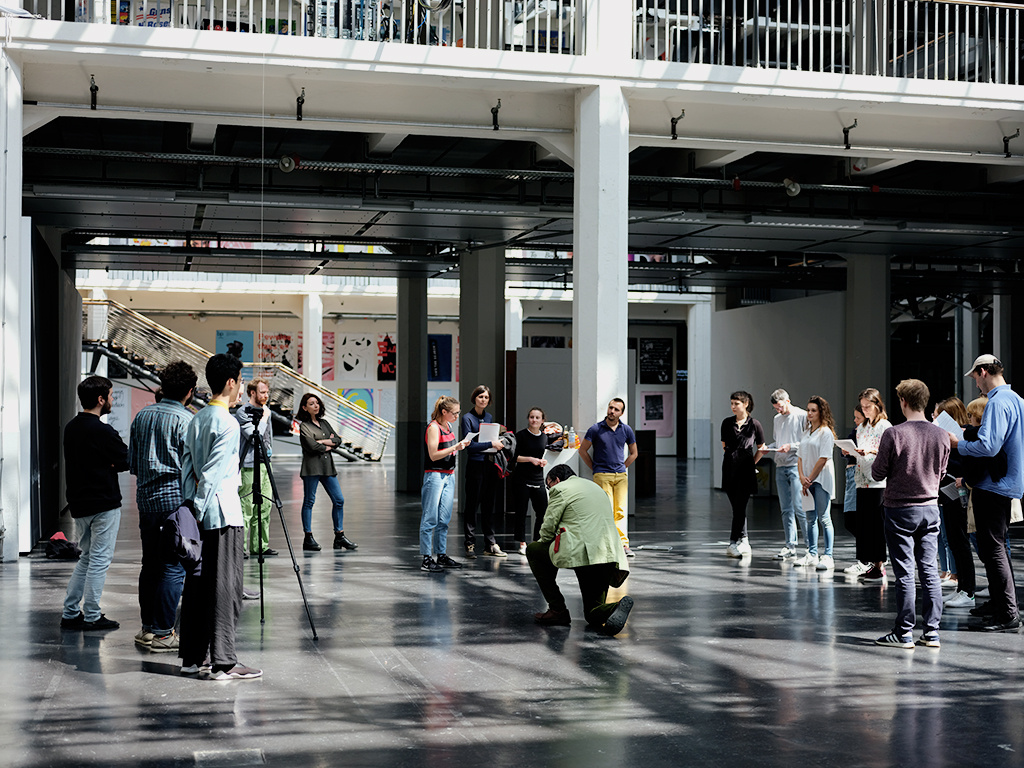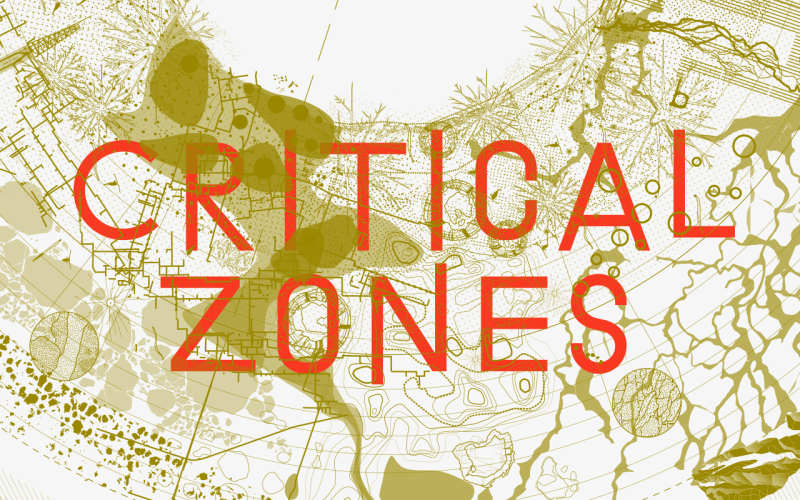- Guided Tour
- Guided Tour
Kompass Gespräche
Sun, January 31, 2021 12:00 pm – 3:00 pm CET
- Location
- Atrium 1+2, ground floor + 1st floor
This event will be held in German and English.
We warmly invite you to an open dialogue in the middle of the exhibition »Critical Zones. Observatories for Earthly Politics«. Do you have any questions about the exhibition or would you like to explore a few your thoughts? Would you like to actively talk about what it means to »become terrestrial«? On every Sunday and occasionally on Fridays, either members of Bruno Latour's Study Group or our art mediators will be present in the exhibition to assist you. Come and discuss with us.
Information
-
You can call us:
Tuesday 1 pm–6 pm,
Thursday 9 am–1 pm -
Tel: +49 (0) 721/8100-1990
Fax: +49 (0) 721/8100-1999
E-Mail: fuehrungen@zkm.de
Organizing Organization / Institution
ZKM | Center for Art and Media
This Event - Is part of
Accompanying program
Accompanying Program

